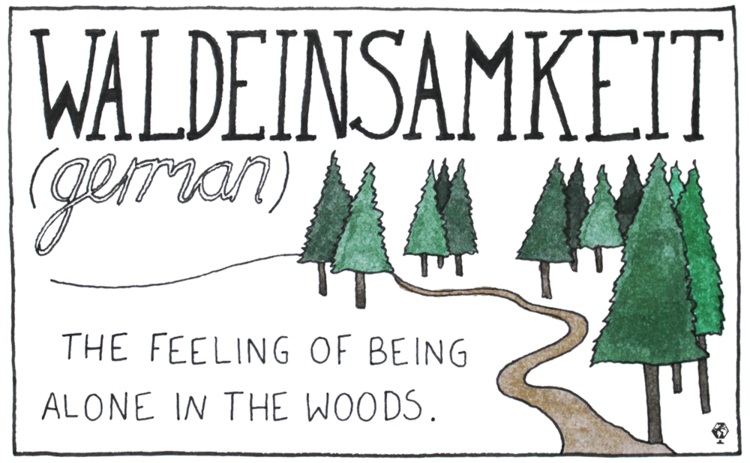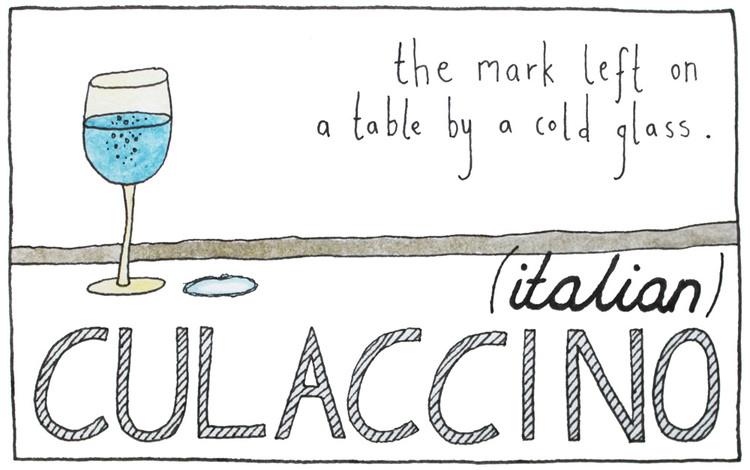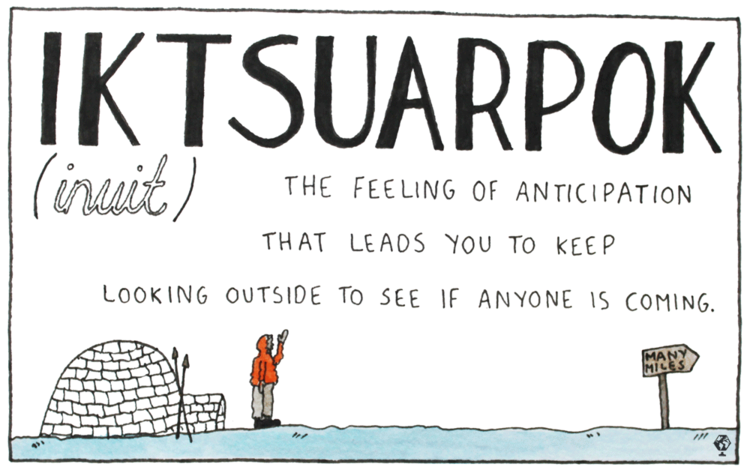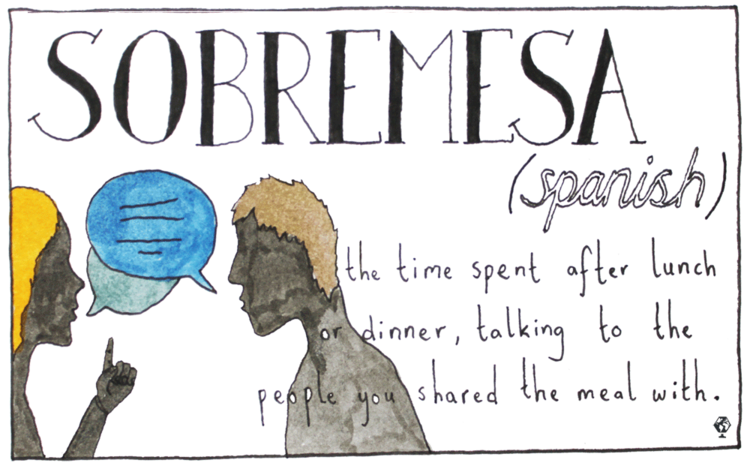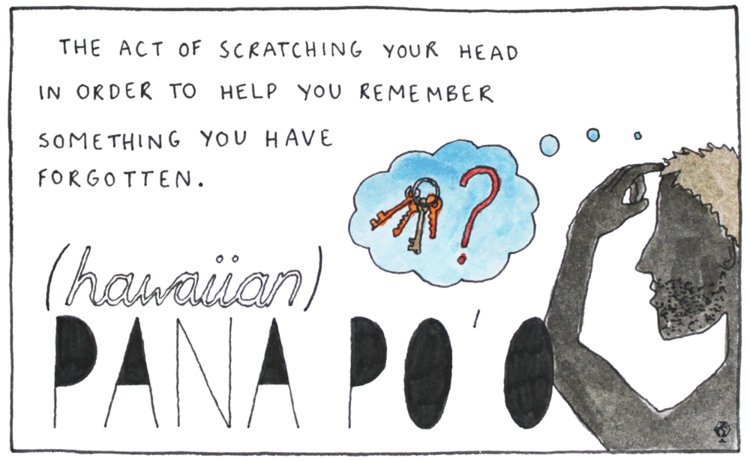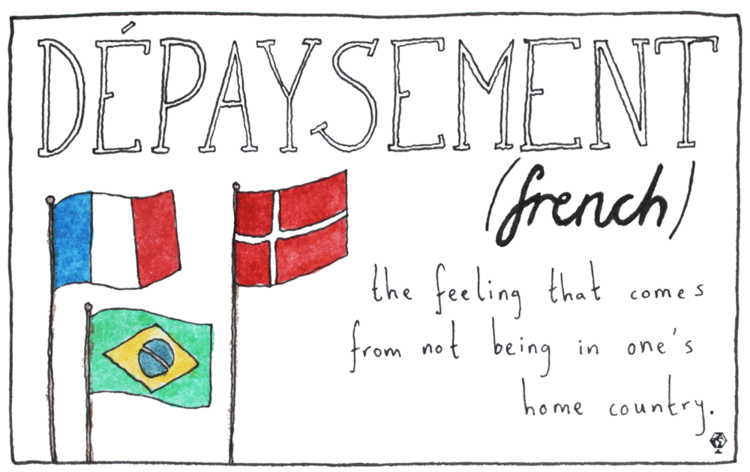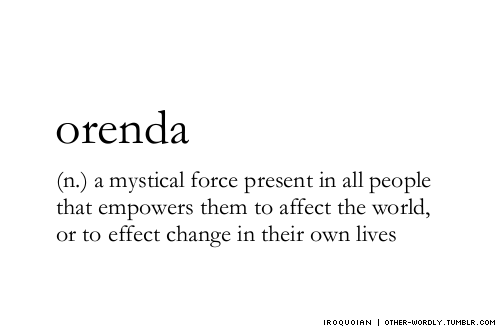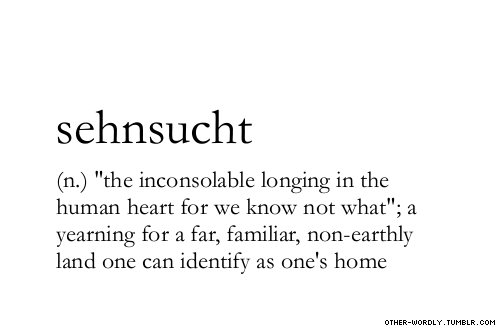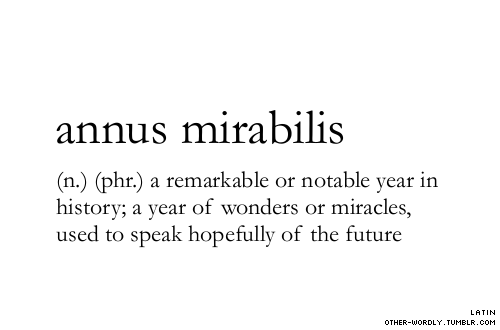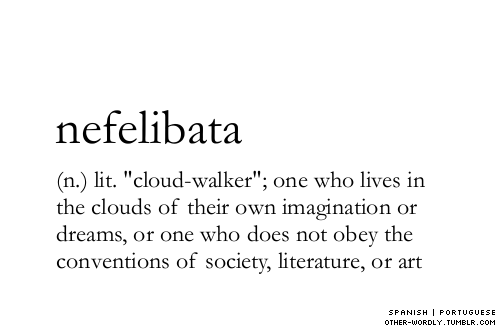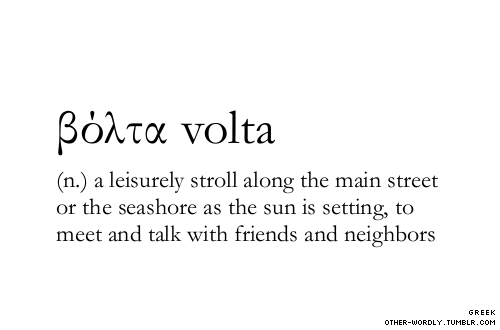 Are you looking for a movie recommendation for the weekend? Have you seen Kon Tiki yet? It’s a fictional retelling of the Norwegian explorer Thor Heyerdahl’s real life adventure into the Pacific on a Peruvian raft. The cinematography is gorgeous and the story really brings alive the adventurous spirit of Heyerdahl and the men that he convinced to follow him on his crazy journey. Together, they built a replica of an ancient coastal raft used by native peoples from Peru and attempted to sail across the Pacific toward central Polynesia to prove the Pacific Islands could have been settled from South America. He wrote the book, Kon Tiki to document their voyage, which took place just after the end of WWII in 1947.
Are you looking for a movie recommendation for the weekend? Have you seen Kon Tiki yet? It’s a fictional retelling of the Norwegian explorer Thor Heyerdahl’s real life adventure into the Pacific on a Peruvian raft. The cinematography is gorgeous and the story really brings alive the adventurous spirit of Heyerdahl and the men that he convinced to follow him on his crazy journey. Together, they built a replica of an ancient coastal raft used by native peoples from Peru and attempted to sail across the Pacific toward central Polynesia to prove the Pacific Islands could have been settled from South America. He wrote the book, Kon Tiki to document their voyage, which took place just after the end of WWII in 1947.

photo from the new movie Kon Tiki, a re-creation of a Peruvian coastal raft
Most Pacific scholars today scoff at the mere mention of Heyerdahl’s name – how could he disgrace the ingenuity and highly skilled navigational capability of the Polynesians by suggesting South Americans, using coastal sailing rafts and with no knowledge of voyaging across open oceans, were the ones to sail 2, 3, 4000 miles to settle Polynesia? We know today that there absolutely was contact between South America and Polynesia….it just wasn’t in the direction Heyerdahl thought. The Polynesians were highly trained navigators after all, so why would they discover nearly every spec of land or rock throughout the Pacific but miss the continent at the other end? And, although much of the “evidence” Heyerdahl cited as proof of a connection between the two peoples has been proven inaccurate, there is, in fact, evidence piling higher every day that the Polynesians made it to South America, introduced the Polynesian chicken, likely settled some of the islands along Chile’s coast, and brought back the sweet potato along with it’s Andean name, Kumara, and spread it throughout the Pacific.

re-creation of a traditional Polynesian double-hulled voyaging canoe
So, even though Heyerdahl has been proven wildly inaccurate in his theory that South Americans settled Polynesia, his story of adventure still stirs up my love of uncovering the past. And this movie depicts that spirit of exploration in the most simple yet beautiful manner, while bringing to life some of the fanciful aspects of the story such as encounters with mysterious undocumented sea creatures and giants of the deep ocean. It’s available now for rent or purchase on iTunes, Amazon or Netflix, and probably in your local movie rental store (if you still have a local store), so check it out. I highly recommend it. It’s a fantastic journey of a movie.
And just as an aside… I can’t ever think of Heyerdahl these days without acknowledging to myself that despite his less than stellar reputation in academic circles, my life today would not be what it is without him. When I was in junior high, my English teacher gave me a copy of the book Kon Tiki as a prize for getting good grades on my papers that month.
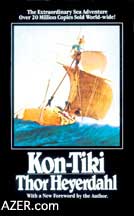
I quickly devoured the adventurous story (which, now knowing more about Thor Heyerdahl, was a rather gloriously embellished re-telling of his journey. His books, although sold as non-fictional accounts of his exploits and adventures, are known for their fanciful accounts, not all of which are based in reality). I was hooked and immediately began searching for more wonderful tales of adventure mixed with archaeology and interpretations of the past. I had wanted to be an archaeologist since age 7 when I took an egyptology class at my magnet school and fell in love with the story of Howard Carter’s discovery of King Tut’s tomb. It wasn’t until college, like most kids who are star struck by the Indiana Jone’s style treasure hunting stories, that my understanding of archaeology was crushed and re-molded into the less than fantastic reality it actually is….staring at tiny nicks on rocks for hours on end trying to see the difference between two types of flakes discarded during tool making….or digging holes in the ground for days only to discover dirt, dirt, and more dirt, and maybe the occasional rat bone (although I do still love digging in the dirt). But, back then, after reading Kon Tiki, I found another of Heyerdahl’s books, Aku Aku, about his expedition to Easter Island in 1955. This book, like his others, is not exactly historically accurate, but it solidified my fascination with that little island and eventually led me to choose to go there for my first archaeological field school the summer after my freshman year of college. Little did I know that teacher who gave me Kon Tiki back in 7th grade was actually leading me to meet my husband, Ta’u…..isn’t life incredible in retrospect? Not only did I meet Ta’u there, but my father-in-law is a native Easter Islander and the first to be trained as an archaeologist by one of the scholars that Heyerdahl brought with him on his 1955 expedition. Small world, right? Ta’u has childhood memories of Heyerdahl staying with them in his father’s hotel. The one thing he remembers most about Heyerdahl is the baby blue safari suit he always wore. You can still find photos of him from his various visits to the island wearing that exact outfit.
This book, like his others, is not exactly historically accurate, but it solidified my fascination with that little island and eventually led me to choose to go there for my first archaeological field school the summer after my freshman year of college. Little did I know that teacher who gave me Kon Tiki back in 7th grade was actually leading me to meet my husband, Ta’u…..isn’t life incredible in retrospect? Not only did I meet Ta’u there, but my father-in-law is a native Easter Islander and the first to be trained as an archaeologist by one of the scholars that Heyerdahl brought with him on his 1955 expedition. Small world, right? Ta’u has childhood memories of Heyerdahl staying with them in his father’s hotel. The one thing he remembers most about Heyerdahl is the baby blue safari suit he always wore. You can still find photos of him from his various visits to the island wearing that exact outfit.

 We finished filming the first part of Eating up Easter with our cinematographer this week! Although it was a huge challenge to work in an environment where everything happens day by day and minute by minute (i.e. appointments cannot be made with anyone, or certainly will never be kept if they are), we were able to film a ton of great content and capture lots of beautiful b-roll. What an awesome team we have! We’ll share more on that later, but for now we want to show you this beautiful hike we took just before filming began. I can’t believe I got this many photos to load here.
We finished filming the first part of Eating up Easter with our cinematographer this week! Although it was a huge challenge to work in an environment where everything happens day by day and minute by minute (i.e. appointments cannot be made with anyone, or certainly will never be kept if they are), we were able to film a ton of great content and capture lots of beautiful b-roll. What an awesome team we have! We’ll share more on that later, but for now we want to show you this beautiful hike we took just before filming began. I can’t believe I got this many photos to load here.




















